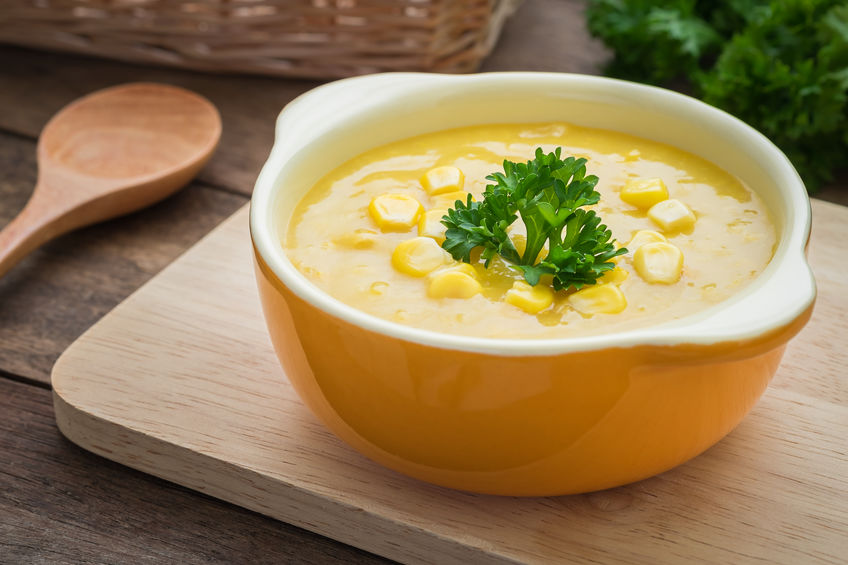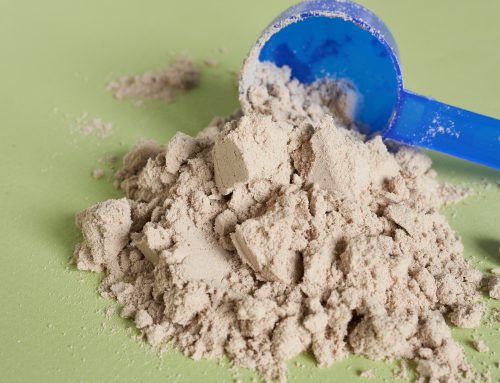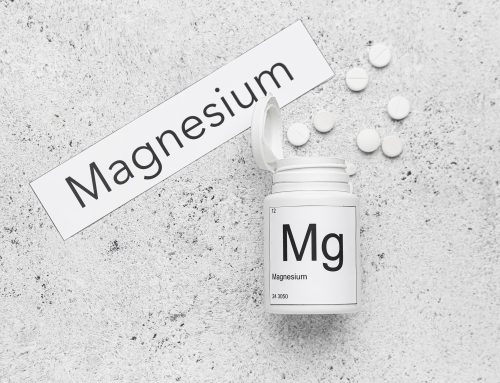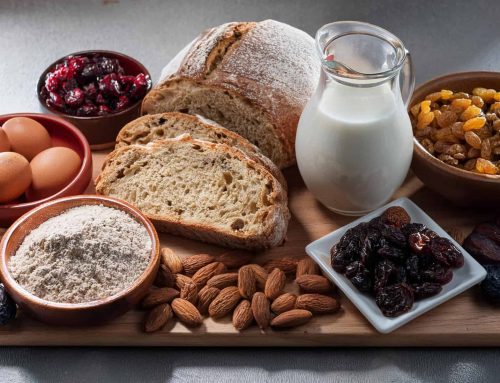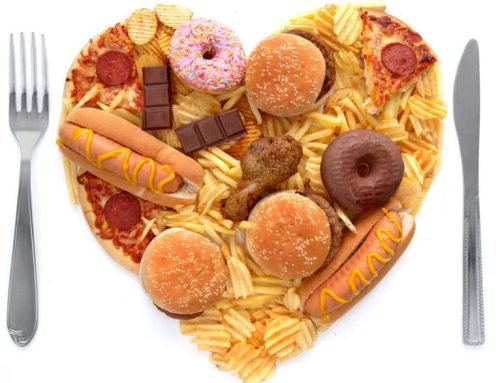A healthy eating plan adjusts for the seasons. Fresh corn on the cob is one of the joys of summer. But, when winter arrives, frozen kernels work just fine in this comforting warm soup.
A Healthy Eating Plan Embraces Corn
You’ve probably heard that corn is starchy and may think it should be avoided on a healthy eating plan.
But, take a look at its impressive nutrients:
Corn is high in carbs and packed with fiber, vitamins and minerals. It’s also relatively low in protein and fat.
One cup (164 grams) of sweet yellow corn contains:
- Calories: 177 calories
- Carbs: 41 grams
- Protein: 5.4 grams
- Fat: 2.1 grams
- Fiber: 4.6 grams
- Vitamin C: 17% of the daily value (DV)
- Thiamine (vitamin B1): 24% of the DV
- Folate (vitamin B9): 19% of the DV
- Magnesium: 11% of the DV
- Potassium: 10% of the DV
Corn Contains Plant Compounds and Fiber That Benefit Health
Corn contains antioxidants and plant compounds that may provide a number of health benefits.
- Lutein and Zeaxanthin Content May Benefit Eye Health
Corn is particularly high in lutein and zeaxanthin, two carotenoids that may prevent cataracts and age-related macular degeneration (AMD).
One study in 365 adults found that those who had the highest intake of carotenoids — especially lutein and zeaxanthin — had a 43% lower chance of developing AMD compared to those with the lowest intake.
- May Prevent Diverticular Disease and Other Digestive Issues
The fiber in corn may also provide health benefits. Dietary fiber intake has been linked to a lower risk of several diseases, including heart disease and some cancers. Even more, eating enough fiber promotes healthy digestion and may protect you against gut issues.
Corn, in particular, may protect against specific digestive issues, including diverticular disease, which is characterized by inflammation of the digestive tract. One 18-year study in over 47,000 adult men associated eating popcorn at least twice a week with a significantly lower risk of diverticular disease.
Neoclassic Corn Chowder Recipe
A Healthy Plan Version of a Classic
Here’s a version of corn chowder that makes be a great addition to a healthy eating plan.
A classic corn chowder would have heavy cream and lots of bacon. This ‘neoclassic’ version uses smart substitutions to give the original a health makeover:
- instead of cream, flour-thickened low-fat milk
- instead of pork bacon, turkey bacon
Cooking Tip: Although turkey bacon is sometimes colored to resemble pork bacon, with its white streaks of fat, it’s actually completely lean. So to cook it, you need to use a nonstick pan and sometimes a little oil. Here we “stretch” the oil by using some water to keep the bacon from sticking.
Ingredients (makes 4 servings)
- 1 teaspoon olive oil
- 2 cups water
- 1 medium onion, finely chopped
- 3 slices (1 ounce total) turkey bacon, coarsely chopped
- 1 red bell pepper, diced
- 1/2 pound red potatoes, cut into 1/2-inch chunks
- 1/4 teaspoon salt
- 3/4 teaspoon black pepper
- 1 cup low-fat (1%) or fat-free milk
- 2 tablespoons flour
- 1 package (10 ounces) frozen corn kernels
- 1 teaspoon dark sesame oil
Directions
1. In a nonstick Dutch oven or large saucepan, heat the oil and 1/2 cup of the water over medium heat. Add the onion and bacon, and cook, stirring frequently, until the onion is soft and the water has evaporated, about 7 minutes.
2. Add the bell pepper and cook, stirring frequently, until the pepper is soft, about 5 minutes.
3. Stir in the remaining 1 1/2 cups water, the potatoes, salt, and black pepper, and bring to a boil. Reduce to a simmer, cover, and cook until the potatoes are tender, about 10 minutes.
4. In a small bowl, blend the milk into the flour. Add to the soup, bring to a simmer, and cook, stirring, until slightly thickened, about 3 minutes.
5. Stir in the corn and cook until heated through, about 3 minutes. Stir in the sesame oil and serve.
Nutrition per serving:
214 calories
5.4g fat
4g dietary fiber
37g carbohydrate
8g protein
Click here to get full corn chowder recipe to add to your healthy eating plan.

